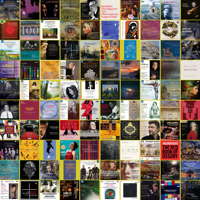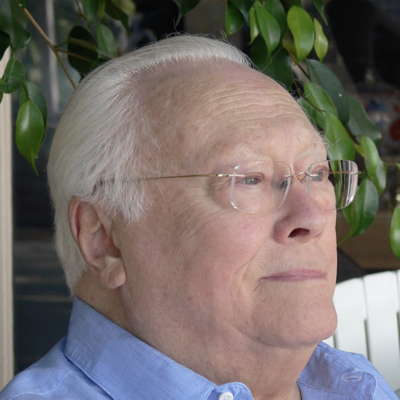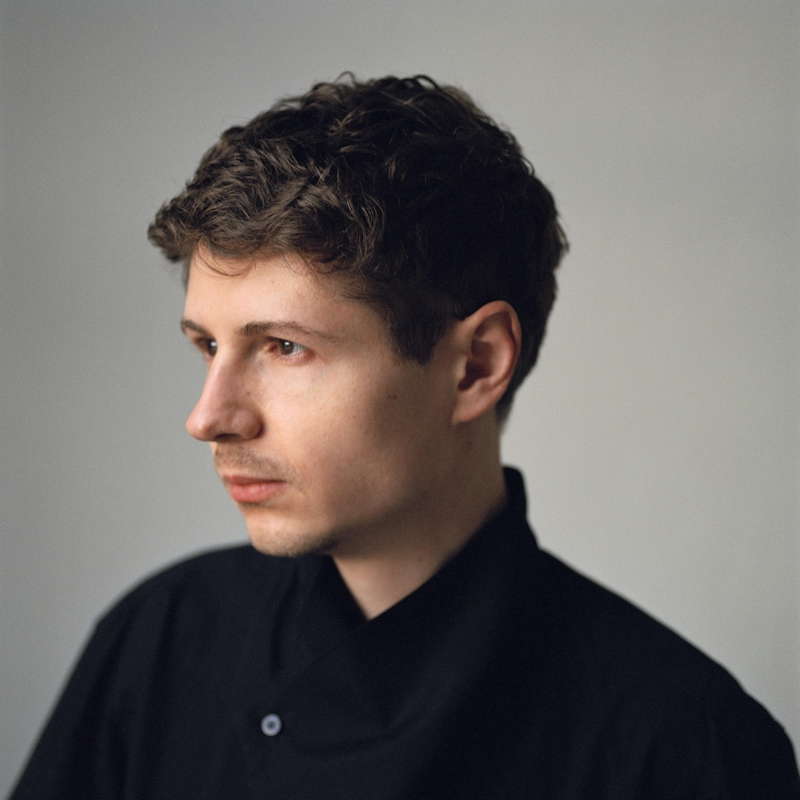- Alvin Lucier
- Johann Krieger
- Egypt
- Romolo ed Ersilia
- Trevor Duncan: High Heels
- Zoom
- Aled Hall
- Geoffrey Hill
 UPDATES: There's a new feature every day at Classical Music Daily. Read about the various ways we can keep in touch with you about what's happening here.
UPDATES: There's a new feature every day at Classical Music Daily. Read about the various ways we can keep in touch with you about what's happening here.
 VIDEO PODCAST: Find out about composers from unusual places, including Gerard Schurmann, Giya Kancheli, Nazib Zhiganov and Nodar Gabunia, about singing in cars, and meet Jim Hutton from the RLPO and some of our regular contributors.
VIDEO PODCAST: Find out about composers from unusual places, including Gerard Schurmann, Giya Kancheli, Nazib Zhiganov and Nodar Gabunia, about singing in cars, and meet Jim Hutton from the RLPO and some of our regular contributors.
Baba-Yaga's Whistle
MIKE WHEELER is impressed by Lyadov, Tchaikovsky, Chopin and Rachmaninov from Pavel Kolesnikov and the Royal Philharmonic Orchestra conducted by Vasily Petrenko
Anatoly Lyadov's reputation is unfairly dogged by his failiure to begin, let alone complete, a score for The Firebird - handing Stravinsky the opportunity of a lifetime - but his music has its own distinctive appeal. So it was good to hear the Royal Philharmonic Orchestra and Music Director Vasily Petrenko begin their all-Russian programme - Royal Concert Hall, Nottingham, 27 October 2023 - with his Baba-Yaga, a brief flare-up of a scherzo portraying the witch of that name - also evoked by Musorgsky in Pictures from an Exhibition. Following Richard Ion's fruity opening bassoon solo, the springy, driving energy hurtled along, Lyadov's vivid instrumental colours gleaming. All over in three and a half minutes, it doesn't fade out at the end so much as recede to the vanishing-point of Baba-Yaga's whistle far in the distance, echoing the one which set it all going, an effect nicely brought off here.
Pavel Kolesnikov was the soloist in a performance of Tchaikovsky's Piano Concerto No 1 which I'm tempted to describe as revelatory. We weren't just pummelled by big romantic rhetoric; we were also beguiled by some luminous soft playing. It was refreshing to hear the introduction not played like a grand finale, with Kolesnikov keeping the imposing manner in check until it really paid off. He can summon up the big gestures, as can the orchestra, but these were not allowed to overbalance the intimate moments. Kolesnikov explored a breathtaking vein of fantasy in the cadenza-like flourishes, and the capricious nature of the quick music. The move out of the big cadenza was magical, with principal flute Emer McDonough picking up the thread with great sensitivity.
Similar virtues were on show as the second movement opened - gentle, glowing and atmospheric - and the rustic-sounding woodwind passage charmed, as it should. The central scherzo section was mercurial, with the quoted French song soft and insubstantial, like a distant memory. The move back to the opening featured pliant solos from John Roberts, oboe, and Sonia Sielaff, clarinet. The finale followed without a break, Kolesnikov seizing the newly-established impetus and running with it, generating a vigorous, dancing vitality. The first appearance of the movement's big tune was calm, the grandeur kept in reserve for when it really counted. Kolesnikov's encore, one of Chopin's more introspective Mazurkas, was quietly mesmerising.

Pavel Kolesnikov. Photo © 2022 Eva Vermandel
After the interval, Rachmaninov's Second Symphony was similarly shaped by a firm grasp of its emotional pacing, established by a refusal to allow the first movement's introduction to overplay its hand. The ebb and flow of tension in the main part of the movement, too, was well controlled. Orchestral colours were vivid and securely placed - dabs of muted trumpet here, strongly accented viola lines there. The big climax was all the bigger for the earlier restraint, and after the following wind down, there was still plenty of power in reserve for the coda.
The second movement's carnival atmosphere was irresistible, with every detail precisely placed. The string theme was both emotive and clear-eyed, the trio section given just the right amount of edginess, though the brass episode seemed slightly under-powered, at least from where I was sitting. But the dispersal at the end felt just right.
Emotional committment without a trace of sentimentality characterised this reading of the third movement. Sonia Sielaff's account of one of the great orchestral clarinet solos was eloquently shaped, likewise John Roberts' plaintive oboe solo. The reappearance of the symphony's motto theme was seamlessly integrated - lush, with nerves of steel underneath.
From the finale's celebratory opening onwards, each episode led into the next in an unforced way. As throughout, climaxes were well shaped; the build-up of the bell-like overlapping scales - one of Rachmaninov's most extraordinary passages - was particularly compelling. Overall, we were left with the image of Rachmaninov triumphantly laying the ghost of Symphony No 1's disastrous premiere, orchestra and conductor backing him every step of the way.
One last thoughtful touch: taking their bow, Petrenko and the orchestra turned to acknowledge the section of the audience behind them in the choir stalls. Other orchestras: take note.
Copyright © 4 November 2023
Mike Wheeler,
Derby UK



